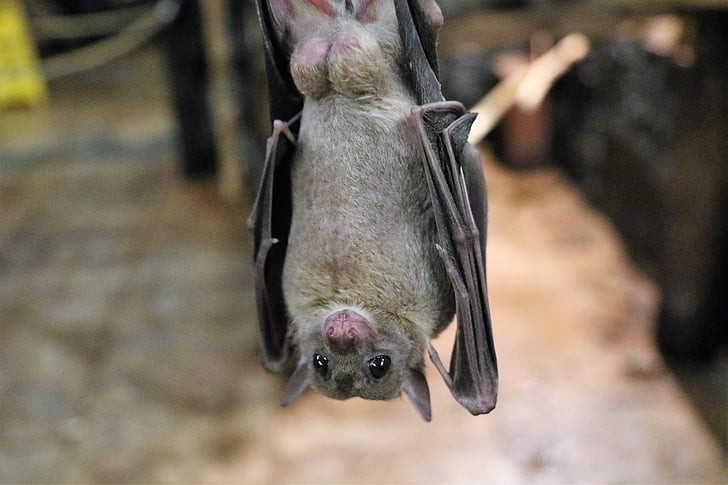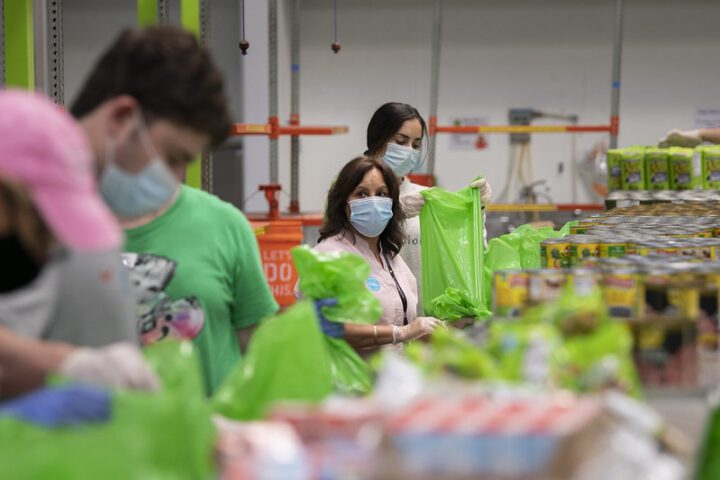Scientists have discovered 20 previously unknown viruses in bats living near human settlements in China, including two that are closely related to deadly diseases that can infect people. This finding has experts worried about possible risks to public health.
The research team examined kidney tissues from 142 bats across ten different species in China’s Yunnan province between 2017 and 2021. This approach differs from most previous studies, which typically only looked at bat droppings.
“By analyzing the infectome of bat kidneys collected near village orchards and caves in Yunnan, we uncovered not only the diverse microbes bats carry, but also the first full-length genomes of novel bat-borne henipaviruses closely related to Hendra and Nipah viruses,” the researchers reported in their study published in the journal PLOS Pathogens.
Relation to Deadly Viruses
Two of the newly found viruses are similar to Nipah virus and Hendra virus, which can cause severe and often fatal diseases in humans. Nipah virus, found mainly in Bangladesh and India, can lead to brain inflammation and respiratory problems, with death rates as high as 75%. Hendra virus, first identified in Australia in 1994, causes flu-like symptoms that can be deadly for both humans and horses.
Similar Posts
The new viruses share about 52% to 57% of their genetic material with these known dangerous viruses. One of them, named Yunnan bat henipavirus 1, shows up to 71% similarity in key proteins to its deadly relatives.
Transmission Concerns
What makes this discovery particularly worrying is where these bats were found – roosting near fruit orchards next to rural villages.
Professor Vinod Balasubramaniam, a molecular virologist from Monash University, explained why this location matters: “These viruses are particularly concerning because they were predominantly found in bat kidneys, a site linked to urine production, raising alarm about potential human exposure via contaminated fruits or water.”
This transmission route has caused problems before. Past Nipah virus outbreaks have been linked to people consuming date palm sap contaminated by bat urine.
Current Risk Level
Despite these concerns, the researchers stress there is no immediate danger to public health. Study co-author Edward Holmes, a virologist at the University of Sydney, provided this reassurance: “These newly discovered viruses have not yet been found in humans, and there is currently no evidence that they will ever infect or emerge in humans. In theory, they could pose a threat, but as there are no human cases, there is no need to be concerned.”
The research did not establish any direct connection between these newly discovered viruses and COVID-19, though bats have been linked to disease outbreaks in the past, including Ebola, Marburg, and COVID-19.
Other Discoveries
Beyond the viruses, the team also found a previously unknown parasite, now named Klossiella yunnanensis, and a new bacterial species called Flavobacterium yunnanensis. These findings highlight how much we still don’t know about the microbes bats carry.
Prevention Strategies
Experts recommend several approaches to reduce risks:
- Strengthening local health systems in areas where humans and bats interact
- Teaching communities simple safety measures like covering fruit and boiling water
- Expanding monitoring beyond bat droppings to include kidneys and urine
- Maintaining bat conservation efforts, as destroying their habitats can actually increase disease spillover risks
“It is this increasingly porous animal-human interface that leads to pandemics,” Holmes noted. “Pandemics always reflect how humans disturb natural environments. Better surveillance is always the key.”
The research underscores the importance of monitoring wildlife that lives near human populations, especially as urban development pushes deeper into natural habitats, creating more opportunities for contact between humans and wild animals.
There is no evidence suggesting these newly discovered viruses are man-made. They appear to be naturally occurring pathogens that scientists have now identified through improved testing methods and broader sampling approaches.



















